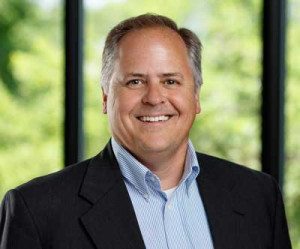by John Wallen, HUB International
No one is talking about it, but there is an epidemic raging within the construction industry.
Mental health issues flourish in an environment of silence and machoism, and the construction industry seems to create a perfect storm. With its “suck it up” and “get it done” culture, the industry discourages workers from talking about their personal issues or reaching out for help. The industry is also known for higher levels of drug abuse, which also lead to mental health problems. And the lack of regular, consistent work can bring workers not only financial challenges, but also unreliable healthcare coverage and weaker community links.
Considering these factors, it’s no surprise that the construction industry has reported the most suicides of any business sector. Further, the suicide rate in working adults has increased 40% in less than two decades and is the second leading cause of death among young adults aged 15 to 34, which is the prime employment age for those entering the construction field.
Wisconsin closely tracks the national averages but is among the highest of the midwestern states. In addition, the data suggests that the suicide rate is higher for people with a high school education or less, and it is also higher among white men and veterans – all groups which are highly represented in the construction industry.
Take Proactive Steps to Support Employees
What would your organization do if an employee died by suicide? Most tend to respond reactively. In many cases, this means offering short-term counseling to help other employees work through their grief. Unfortunately, little is done proactively to reduce the risk of suicide.
Employers can take active steps to educate their employees to recognize the signs of suicide risk. This doesn’t mean employees are responsible for one another, but it does mean they can understand how noticing something unusual and acting on it might save someone’s life.
Be careful about how you share the information. The topic merits sensitivity and focused attention, and a presentation to the whole company is not the appropriate space to share difficult information about mental health challenges. To create an authentic, meaningful presentation, it’s usually best to work in a small group format. Hold a break-out session at an annual training meeting. Task managers with sharing the information with their teams. If you feel the nature of the subject is best handled by a third party, enlist your insurance broker for resources to support your efforts.
Begin with raising awareness of the problem, including the prevalence of suicide. Share information about signs of stress and observable symptoms of depression. Approximately 70% of those who die by suicide make direct or indirect statements that send a signal. When someone notices the signal as a cry for help, they can reach out personally or notify human resources for guidance.
Provide a list of risk factors and warning signs and discuss them openly.












